India’s first freedom struggle began from Nagulavancha in Telangana
By Sreenivasa Rao Dasari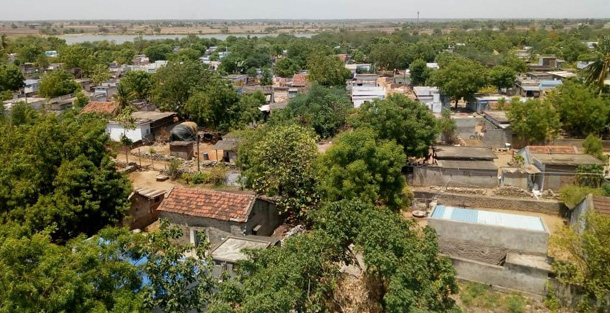
Hyderabad: Uyyalawada Narasimha Reddy is known for triggering the first freedom struggle in British India from Rayalaseema. But, latest study reveals another freedom struggle in Telangana much before that of Uyyalawada Narasimha Reddy and the Sepoy Mutiny in 1857. Yes, the revolt against Dutch, who came to India before English, took place in a remote village 'Nagulavancha,' now a part of present Khammam district.
The Dutch set up a camp in 1669. The ruled and harassed the villagers who revolted against them. However, the Nagulavancha villagers drove the Dutch off the land on October 13, 1687.
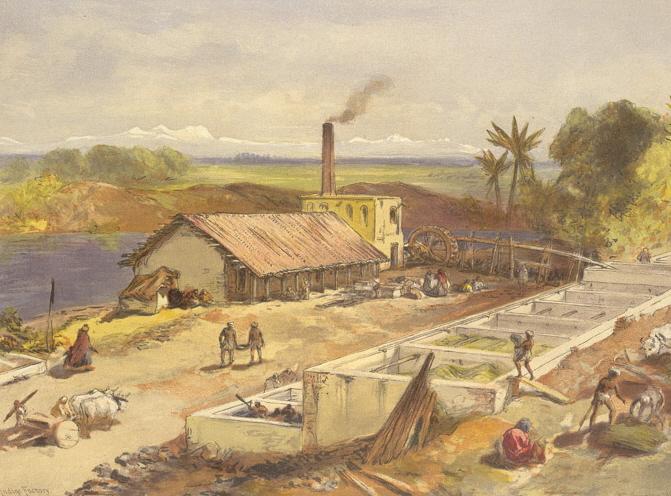
Barring the incident about the hair raising fighting spirit of the Nagulavancha villagers, the names of those who participate and led the movement, were not recorded. Subsequently, this incident was overshadowed by a series of freedom struggles that took place over the next 200 years till India became independent on August 15, 1947.
Mr Katta Srinivasa Rao, who researched on the subject and brought these facts to light said, “The Dutch official documents recorded this victorious struggle by the Nagulavancha villagers. The cemetery of Dutch leaders, who ruled the village remain a live witness to the historical freedom struggle.”
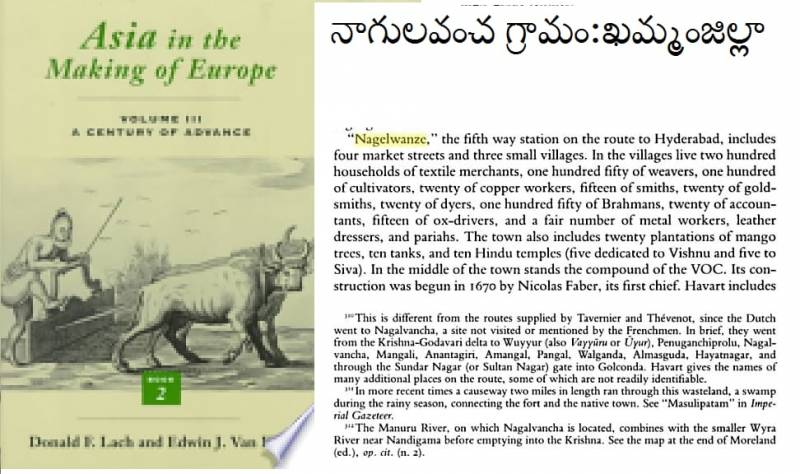
Why did the Dutch choose Nagulavancha?
Nagulavancha is located on Dandu Baata (the route of the military forces from Machilipatnam to Golconda) that eventually led to the successful freedom fight, but was yet kept under wraps of a history book. Recently, Rober Alan Simpkins wrote about this Machilipatnam-Golconda route in the Journal of Deccan Studies in 2010 and termed the route as ‘The Mysterious Milestones of Andhra Pradesh.’
Nagulavancha was a handloom village surrounded by Mango orchards and Nili mandu (Indigo dye). Indigo dye was extracted from Madhuparnika plant, which is grown in tropical countries like India. The Indigo dye was used to dye the handloom fabric. Hence, western countries looked to India for Indigo-dyed handloom fabric.
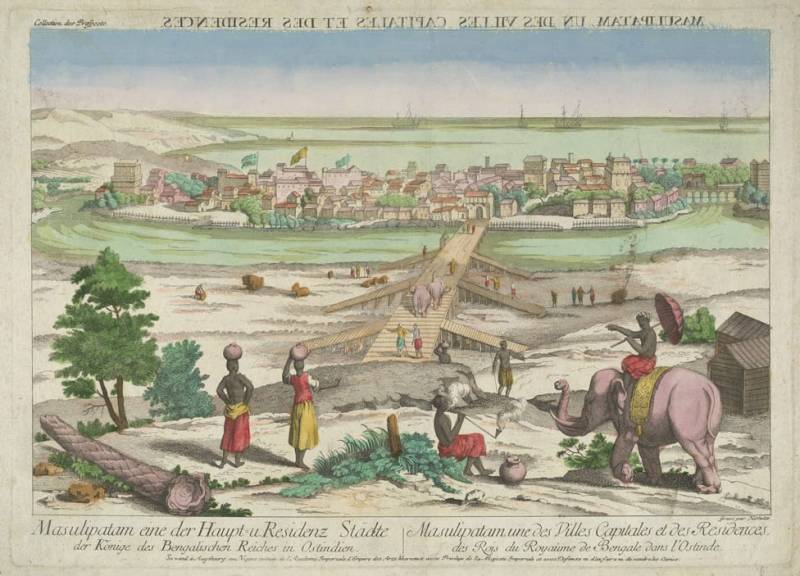
“Vancha means a stream and Gavancha means upper wearing cloth. Maybe, it's named after a popular weaver who went by the name of 'Nagulu.' Whatever the reason behind the name, Nagulavancha emerged as a base for fabric exports for the Dutch,” adds Mr Rao.
The export demand from the Netherlands was much higher than the local production. The Dutch bought slaves and workers from other parts of the country and deployed them in the local handloom industry to increase fabric production.
The place was also a source of precious 'Amarel' stones. Lured by these attractions of the village, the Dutch camped at Nagulavancha in 1669 and started exporting handloom products and mangoes.
Later, the business camp turned out to be a political power base for the Dutch, and this eventually created a chaotic situation for the Nagulavancha villagers.
"Nagula Vancha is still known as Volanduloripatnam. I enquired about the etymology of this word. Many villagers call the village name as Volanduloripatnam, but are not aware of what it means. Historically, Volandulu mean Dutch. Since the Dutch were based at Nagulavancha, the village was hence called Volanduloripatnam. In the local language, villagers used to call the Dutch Valandulu. The Dutch, were unable to pronounce the name Nagulavancha, so they recorded the village name as Nagelwanze in their books. Still, some researchers from Netherlands and heirs of Dutch families occasionally visit Nagula Vancha. The Dutch graveyard and information carved on the stones reveal the great history of Nagula Vancha,” said Mr Rao.

Several inscriptions found in and around Nagulavancha village reveal stories of the unsung heroes and the Dutch rule.
With the advent of the emergence of shipbuilding and technology, several European countries like Spain, Portuguese, Netherlands (Holland), and Denmark started exploring new shores to enhance their foreign trade. After attaining freedom from Spain, the Netherlanders explored a sea route to India from the western side of our country. During that time, the Portuguese ruled the sea route on the eastern side of India. The Dutch visited India 15 times from 1595-1602. They joined hands with the British as both were against the Portuguese.
The Dutch recorded the topography of Nagelwanze in their history books. According to their records, Nagelwanze, is the fifth-way station on the route to Hyderabad. It included fur market streets and three small villages. In the village, 200 households of textile merchants, 150 weavers, 100 cultivators, 20 copper workers, 15 smiths, 20 goldsmiths, 20 dyers, 150 Brahmans, 20 accountants, 15 ox-drivers and a fair number of metal workers and leather dressers. Nicolas Faber was the local Dutch chief official.
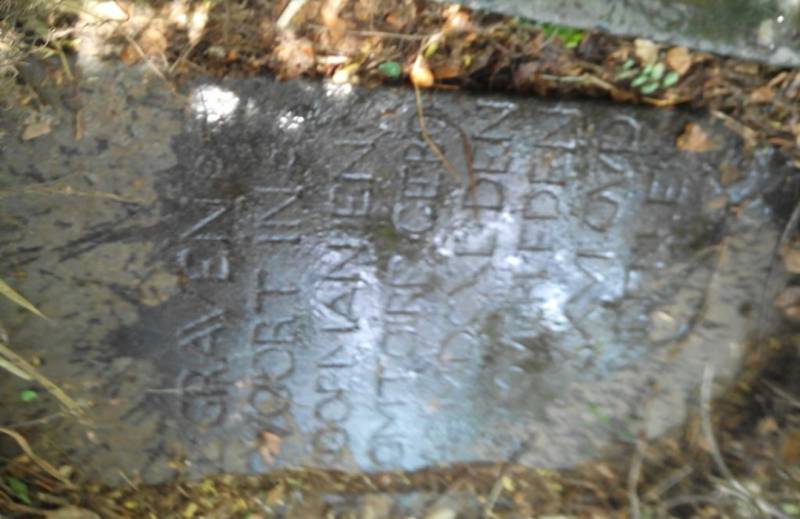
The Dutchmen were considered to be weaker when compared to the English and the French. In 1759 the Dutch lost the war to England that eventually led the way for the British in India. But, much before in 1687, the Dutch camp had lost to the Nagulavancha villagers. The Dutch left Nagulavancha on October 13, 1687. The details of the success of the freedom struggle were not recorded in the history books. The leader of the Nagulavancha village was also not known. Telangana was known for its rebellious nature, and the people fought against foreign rule.
Also Read: https://newsmeter.in/pm-modi-cleans-beach-at-mahabalipuram/